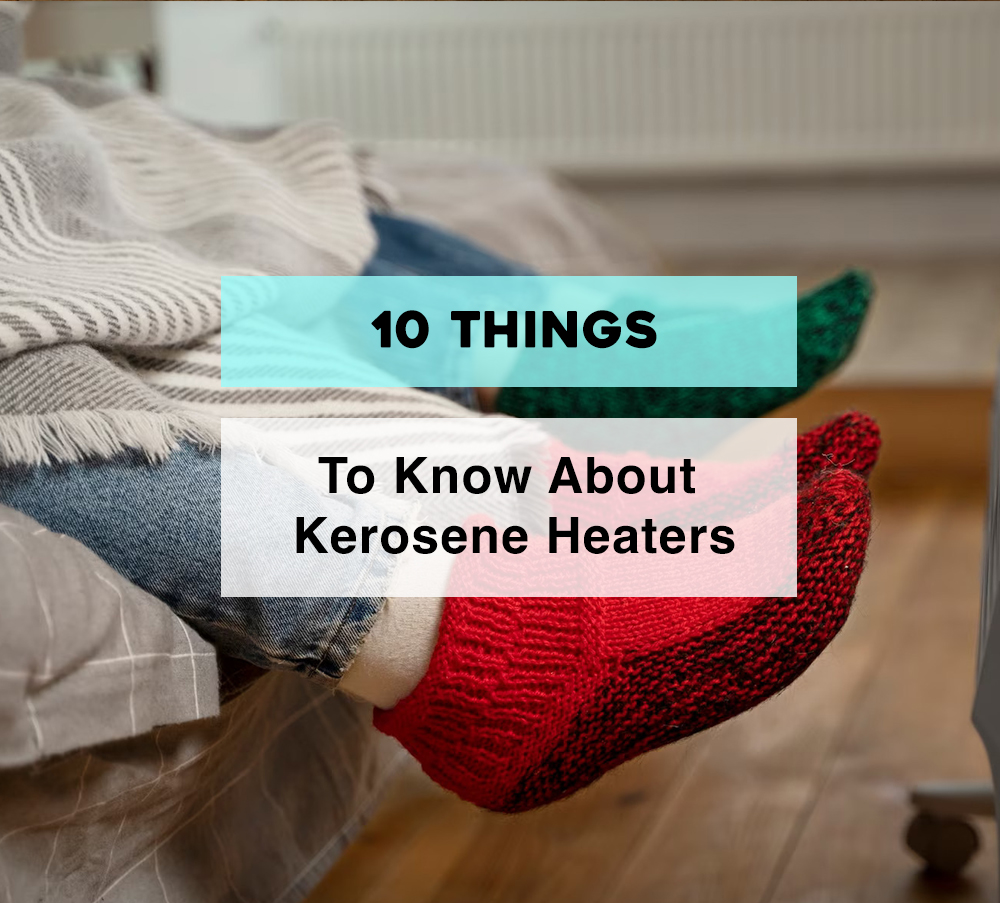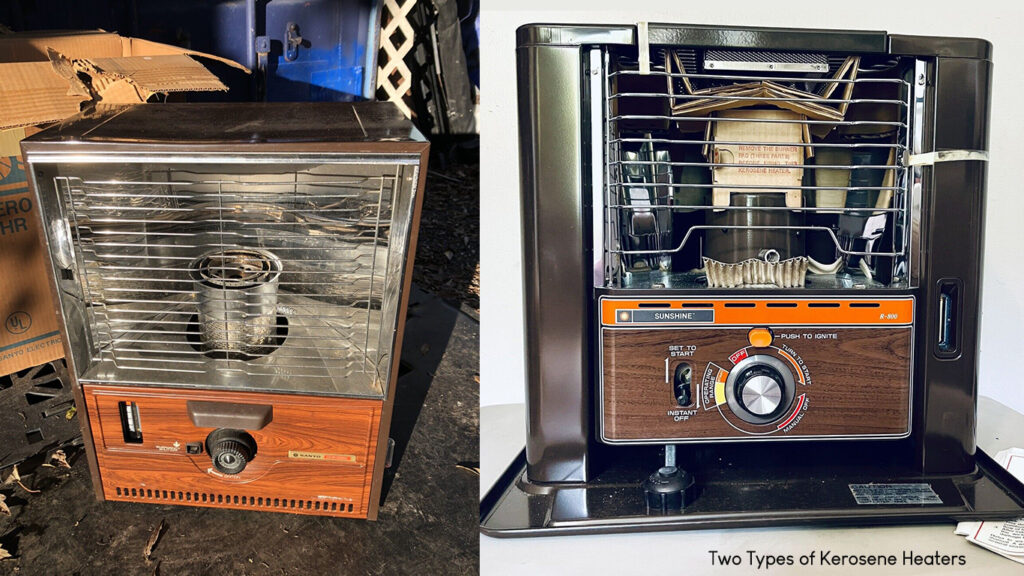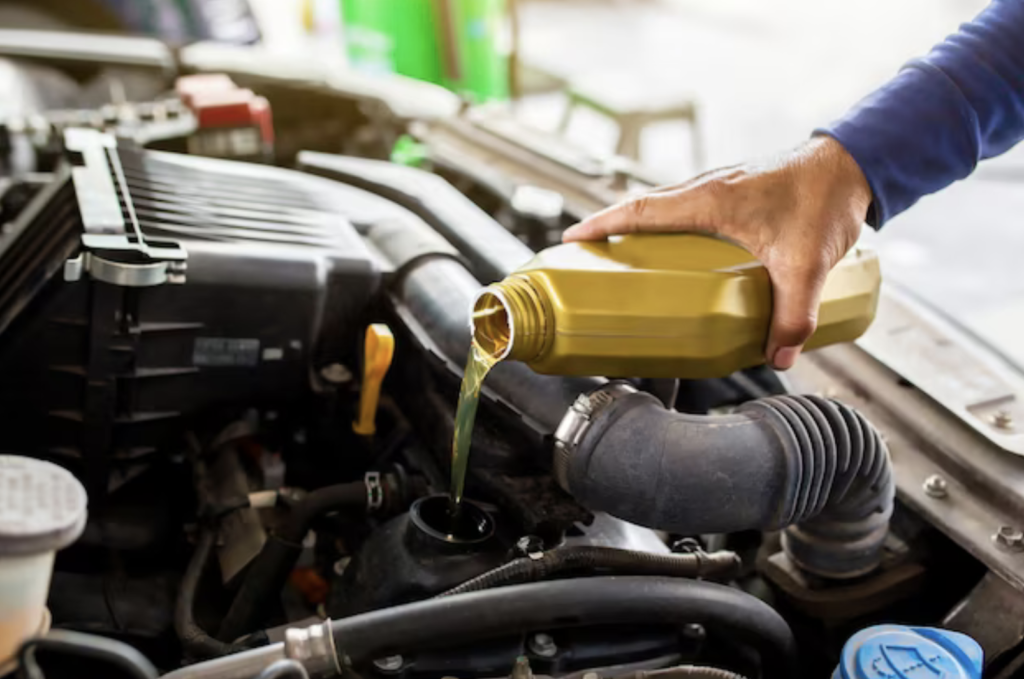

Kerosene heaters are portable devices that burn kerosene fuel to produce heat. They are commonly used for providing supplemental heating in areas where traditional heating systems might be inadequate or unavailable. Kerosene heaters are often used in workshops, garages, camping trips, cabins, and other spaces where temporary or localized heat is needed. today, we are going to talk about How to Start a Kerosene Heater and Are Kerosene Heaters Safe?
Table of Contents
Ever found yourself shivering in the cold, only to realize that your kerosene heater isn’t operational? If you’re scratching your head, wondering, ‘How to start a kerosene heater?’, fret no more. Starting a kerosene heater involves a few steps to ensure safe and proper operation. Here’s a general guide on how to start a typical wick-type kerosene heater:

How To Start A Kerosene Heater
Now that you know a little more about How to start a kerosene heater. Remember that specific kerosene heater models may have slightly different ignition and operation procedures. Always consult the manufacturer’s instructions and follow the guidelines provided in the owner’s manual. Safety is of paramount importance, so never leave a kerosene heater unattended while it’s operating, and make sure to follow proper safety precautions, such as maintaining good ventilation and having working smoke and carbon monoxide detectors in the area.
Starting a kerosene heater can sometimes be challenging due to various factors. Here are some common issues you might encounter when starting a kerosene heater and how to address them:
Now, you don’t have to freeze in the cold or huddle around a makeshift fire. Armed with this concise guide, you should be a pro at starting your kerosene heater. Remember, for best results, ensure that your heater is in perfect condition before lighting up.
If you still encounter persistent issues or if you’re unsure about how to address a problem with your kerosene heater, it’s recommended to consult the manufacturer’s manual or seek assistance from a professional technician. Safety should always be the top priority when dealing with kerosene heaters.
This is a common question that many homeowners and renters often ask when considering alternative heating options. Kerosene heaters can be an effective heat source during colder months, especially during power outages. With proper use and maintenance, they can serve as a reliable, cost-effective heating solution.

Are Kerosene Heaters Safe: Safety of Kerosene Heaters
Kerosene heaters, although efficient, do come with certain safety considerations. Their fuel, kerosene, is flammable and can produce harmful fumes if not properly maintained or improperly used. Kerosene oil heaters safety depends on how Hence, the importance of proper operation and routine upkeep cannot be overstated.
Proper Ventilation: Kerosene heaters require adequate ventilation to prevent carbon monoxide (CO) buildup. Correct positioning in a well-ventilated area and a carbon monoxide alarm can significantly reduce this risk.
Storage of Kerosene: Storing large quantities of kerosene can be dangerous. It’s advisable to store only as much you need and in the right type of containers.
System Maintenance: Regularly clean and check your heater to ensure that it’s functioning optimally. This can help avoid potential issues such as leaks or malfunctions. So, Are Kerosene Heaters Safe? Yes, kerosene heaters are safe when used correctly and with regular maintenance. However, it’s crucial to understand the potential risks and how to mitigate them. Armed with this information, you can choose the right heater for you and use it safely and efficiently.
Choosing a Kerosene Heater Deciding what heater to buy can be a daunting task. When selecting one, remember to consider the heater’s safety features, such as an auto-shutoff feature for tip-overs and a sufficient ventilation system. Kerosene heaters are deemed safe by industry experts when used correctly. However, always exercise caution and prioritize safety for a warm, comfy, and secure home.

After our guide on Are kerosene heaters safe? It’s important that you choose the right Kerosene heater for your needs. When selecting a safe kerosene heater, it’s important to prioritize models from reputable manufacturers that adhere to safety standards and provide clear usage instructions. Here are a few kerosene heater brands that are generally recognized for their safety features and reliable products.
HeatMate HMN 110, Reddy Heater 55000 BTU, Reddy Heater 170T, Allmand Heater, Reddy Heater 125T, Reddy Heater Pro 115, Reddy Heater 115 000 BTU, Reddy Heater 55000 BTU Price, Toyoset Omni 230, HMN110 and Pro 110 Reddy Heater, Toyotomi Heater 100, Master MH 75t KFA 100, Reddy Heater 70 000 btu, Lowes Torpedo Heater, Reddy Heater 60000 btu. HMN110 is the best Kerosene Heater for garages. Reddy Heater 55000 BTU is considered to be the best for Homes and Offices.
Kerosene heaters are safe and can be used indoors, but it’s important to exercise extreme caution and follow strict safety guidelines. While they can provide effective heating, there are significant risks associated with using kerosene heaters indoors due to the potential for carbon monoxide buildup and fire hazards. If not used properly, kerosene heaters can lead to serious health and safety issues.
After our thorough guide on How To Start A Kerosene Heater and Are Kerosene Heaters Safe. Here are important considerations if you’re planning to use a kerosene heater indoors:
Adequate ventilation is crucial. Kerosene heaters produce carbon monoxide, a colorless and odorless gas that can be deadly in high concentrations. Ensure there is proper air circulation by opening windows and doors. Never use a kerosene heater in a closed or poorly ventilated space. If you are planning on using one, Install carbon monoxide detectors in the area where you’re using the kerosene heater. These devices can provide an early warning if carbon monoxide levels become dangerous.
Always Place the heater on a stable, non-flammable surface and maintain sufficient clearance from walls, furniture, curtains, bedding, and other combustible materials. Follow the manufacturer’s recommended clearance distances. Ensure the heater has built-in safety features such as a tip-over switch that automatically shuts off the heater if it’s knocked over. Some models also have low oxygen sensors.
Only use the type of kerosene fuel recommended by the manufacturer. Using the wrong type of fuel can result in inefficient burning and increased carbon monoxide production. Refuel the heater outdoors or in a well-ventilated area, and only when the heater is turned off and completely cooled down. Spilled fuel can create a fire hazard, and fumes from refueling can be dangerous.
Never leave a kerosene heater unattended while it’s operating. Continuously monitor the heater for any signs of malfunction or overheating. If you notice excessive smoke, a strong kerosene odor, or any other unusual smells or behavior from the heater, turn it off immediately and investigate the issue before using it again.
Keep children and pets away from the heater to prevent accidental contact or burns. Be aware of local regulations and guidelines regarding the use of kerosene heaters indoors. Some areas may have restrictions or requirements.
Given the potential risks, many experts recommend using alternative indoor heating options such as electric space heaters or central heating systems, which have fewer safety concerns. If you’re uncertain about the safety of using a kerosene heater indoors, it’s wise to consult professionals or explore safer heating alternatives.
The duration for which you can safely run a kerosene heater indoors depends on several factors, including the size of the space, the ventilation, the heater’s efficiency, and the heater’s fuel consumption rate.
If you must use a kerosene heater indoors, limit the operating time to short intervals. For example, you might use it for 15-30 minutes at a time to warm up a room, and then turn it off and ventilate the area before using it again.
It’s strongly advised not to use a kerosene heater while sleeping or leaving it unattended. We have written an article on Can You Sleep With A Kerosene Heater On? If you need to stay warm during sleep, consider using alternative heating methods that are safer for extended use indoors.
Using diesel fuel in a kerosene heater is generally not recommended, as there are differences between diesel and kerosene that can affect the performance and safety of the heater. While diesel and kerosene are both distillates of crude oil and share some similarities, they have distinct properties that make them better suited for their intended uses.

Diesel fuel has a higher sulfur content and different combustion characteristics compared to kerosene. Using diesel fuel in a kerosene heater might result in inefficient burning, excessive smoke, and potentially foul odors. Diesel fuel can leave more carbon deposits on the wick and burner of a kerosene heater, potentially leading to clogs and reduced efficiency. It is advisable to changing wick in kerosene heater every fourteen days for efficient use.
Using a fuel other than the one recommended by the manufacturer can compromise the safety features and design of the heater, potentially leading to hazards such as overheating or malfunction. Using diesel in a kerosene heater might void the manufacturer’s warranty and can also lead to potential liability issues in case of accidents or damage.For these reasons, it’s advisable to always follow the manufacturer’s recommendations regarding the type of fuel to use in your kerosene heater.
In conclusion, Are Kerosene Heaters Safe Indoors? Kerosene heaters come with potential risks but can be safe if proper precautions are taken. Think before you heat – when used with care, kerosene heaters can keep you cozy without compromise. The benefits of cost-effectiveness and portability come with a need for safety and maintenance diligence. But as long as you’re on the ball, a kerosene heater can be an efficient way to heat those colder corners of your home. Stay warm, stay cautious, and until next time – keep cozy indoors!